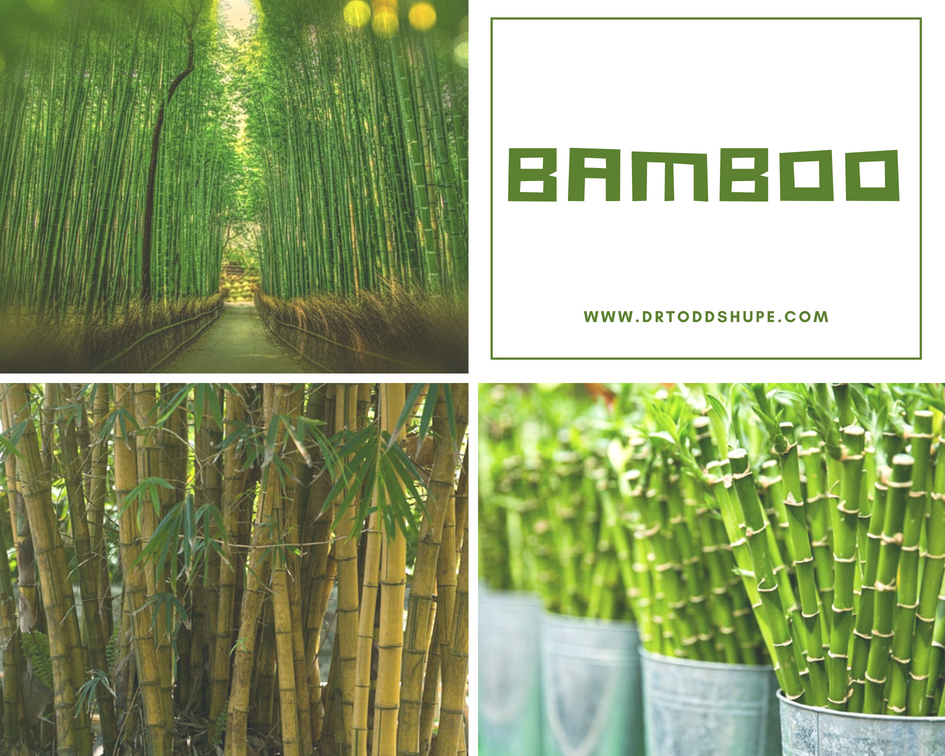Study of Moso Bamboo’s Permeability and Mechanical Properties
Microwave Treatment of Bamboo
In this article, moso bamboo blocks were first treated with hydrochloric acid solvents with different concentrations or microwave treatments with various microwave output power and treatment durations. The results showed that the crystalliferous region of cellulose of moso bamboo blocks formed porous or swelling type structures under hydrochloric acid pretreatment conditions; the mechanical strength of the moso bamboo decreased when the percentage of hydrochloric acid pretreatment solvents increased from 0 to 3%. When the moso bamboo blocks were treated with microwave, the internal water was transformed into steam, and the water vapor destroyed the cell walls of the vessel, sieve tube, and parenchyma cells in the moso bamboo block, resulting in a significant improvement in the permeability of moso bamboo. In order to ensure that the moso bamboo samples did not burn by microwave heating, the samples had to be immersed in water. The process of water gasification inside the moso bamboo was not violent. Therefore, the mechanical strength of the moso bamboo had decreased only slightly, and a weak relationship was found between the mechanical strength of the moso bamboo samples and the microwave treatment durations.
Previous Bamboo Research
There are more than 1200–1500 species of bamboo in the world, and 90% of the bamboo in Asia are found in Southeast Asia.1 Moso bamboo (Phyllostachys pubescens mazei ex H. de Lebaie) accounts for ≈70% of the total bamboo forest.2 With the advancement of science and technology and the tight supply of timber, the bamboo industry has been developing rapidly in China since the 1990s. Now, many new methods are required for the processing of bamboo to make it durable, inexpensive and usable. Therefore, detailed studies are needed to aid and promote its application in the modern world.3-6 As is well known, the cellulose in mature moso bamboo is ≈40– 60%; the hydroxyl groups in cellulose molecules could easily lead to the formation of hydrogen bonds between the oxygen containing groups. These hydrogen bonds combine to make many cellulose molecules forming a crystalline structure. Because about two-thirds of the cellulose is distributed in the outer region of the green moso bamboo, this region has excellent physical and mechanical properties.7,8 In previous studies, we found that the composite materials, made of the moso bamboo green blocks, were unable to achieve satisfactory bond quality. 9 The poor bond quality was caused by two problems.
Bamboo Permeability
The primary reason for this problem is that the distribution of the main tissue system (the vessel, sieve tube, and parenchyma cells) in moso bamboo is longitudinal, with no horizontal transmission systems. 10 According to the theory of mechanical adhesion, the adhesive that is spread on the moso bamboo block surface enters exposed pores (cell cavities), where it is solidified and anchored. 11 Because the glue surface of bamboo lamination usually occurs in the horizontal direction of bamboo blocks, and the moso bamboo blocks have no horizontal transmission system (cell cavities), the bond quality is poor. The outer sections of moso bamboo green blocks have poor wettability of the adhesive to each other. It is difficult for the adhesive to spread well on the moso bamboo block surface. Low permeability of bamboo blocks causes many problems during moso bamboo manufacturing. Impregnating low permeability moso bamboo blocks with preservatives or resins is extremely difficult. Thus, in this study, moso bamboo blocks were first treated with hydrochloric acid solvents with different concentrations or microwave treatment with different microwave output power and varying treatment durations; and then, the rates of water absorption and water loss were quantified. The objective of this study was to evaluate the effects of hydrochloric acid and microwave treatments on the permeability and mechanical properties of the moso bamboo blocks.
To read more please visit our publication: Study of moso bamboo’s permeability
and mechanical properties
Meet the Author
Dr. Todd Shupe is the President of Wood Science Consulting, LLC. He is a well-recognized expert on wood forensics, wood preservation, wood decay and degradation, and wood species identification. He has a broad background in new product development, quality management, and marketing and sales in both the public and private sectors. For more information please visit DrToddShupe.com.
We welcome your comments below.
Thank you for visiting. We trust that you have enjoyed reading our articles.
Liked this post? Read more below or search for more topics . . .


